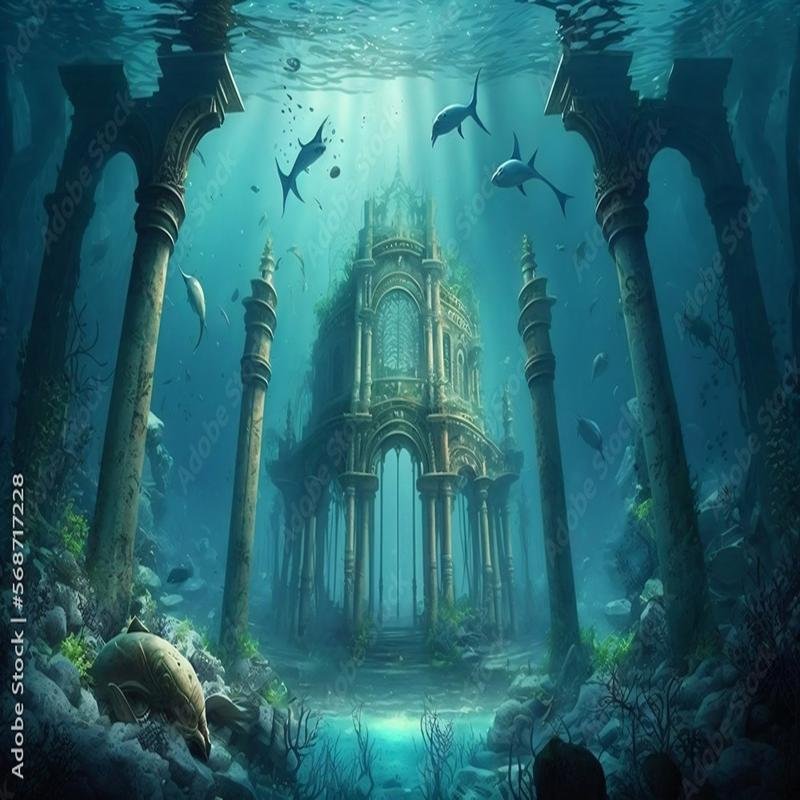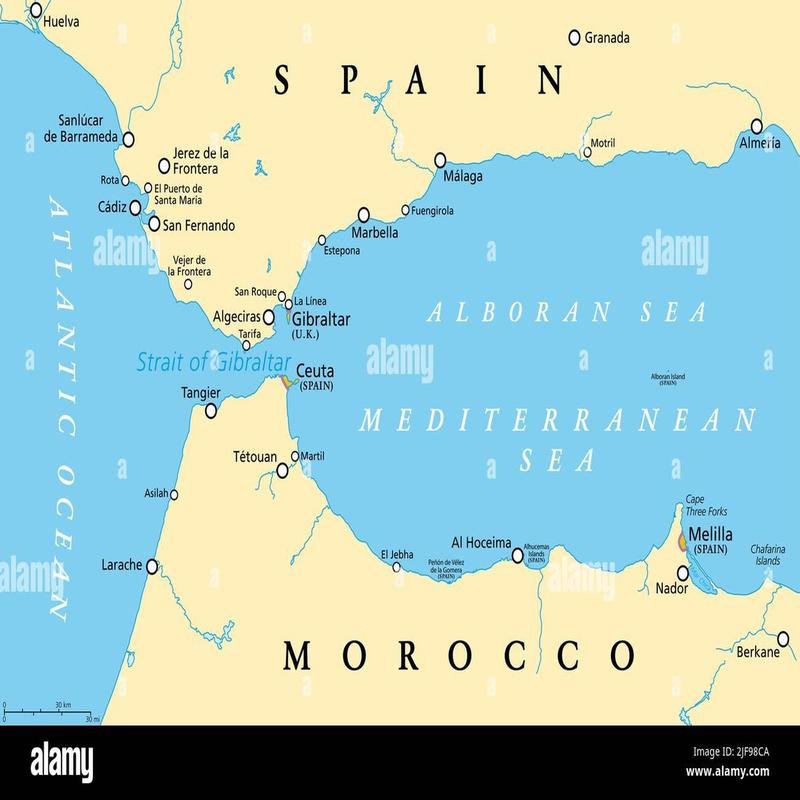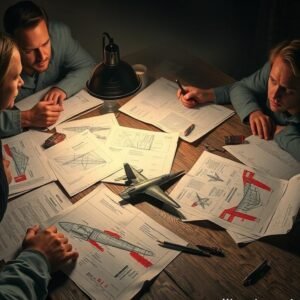5 REAL Places That Vanished From Maps! (Atlantis, San Ser & More)

5 REAL Places That Vanished From Maps! (Atlantis, San Ser & More)
The world is a tapestry woven with threads of history, geography, and lore, but what happens when some of those threads are pulled, leaving holes in our understanding of the past? We embark on a journey to explore five enigmatic places that have vanished from maps, leaving behind more questions than answers. Are they mere figments of imagination, or are they concealed truths waiting to be rediscovered? Our first stop takes us to the depths of the Atlantic Ocean, in search of the legendary Atlantis. First mentioned by Plato in his dialogues Timaeus and Critias around 360 BC, Atlantis was described as a powerful and advanced island nation. According to Plato, the Atlanteans, inhabitants of the island, possessed advanced technology and a strong military. Their ambition led them to attempt conquering Athens, but they failed and subsequently angered the gods. As punishment, Atlantis was said to have been consumed by earthquakes and floods, sinking into the ocean and disappearing without a trace. Plato situated Atlantis beyond the Pillars of Hercules, generally interpreted as the Strait of Gibraltar. Over centuries, Atlantis has been interpreted as a cautionary tale about hubris, a metaphor for societal decay, or even a real place. The cultural impact of Atlantis is undeniable, inspiring countless books, films, and theories. Despite numerous expeditions and technological advancements, including sonar mapping and deepsea exploration, no conclusive evidence of Atlantis has ever been found. The mystery endures, fueling the debate was Atlantis a real place swallowed by the sea, or a philosophical construct meant to impart a moral lesson? Next, we turn our attention to the perplexing disappearance of San Serriffe, a fictional island created as an elaborate April Fools Day hoax by The Guardian newspaper in 1977. The supplement described the island as a tropical paradise consisting of two main islands, Upper Caisse and Lower Caisse, named after printing terms. The article even detailed the islands culture, geography, and political system. Although entirely fabricated, San Serriffe gained a life of its own, with readers writing in asking for travel brochures and information. The success of the hoax underscores the human tendency to believe in the exotic and the power of media to shape perceptions of reality. It serves as a reminder that not everything presented as fact is necessarily true, and critical thinking is essential when navigating information. The disappearance of San Serriffe highlights the ephemeral nature of fabricated realities and the enduring appeal of a wellcrafted illusion. Our investigation then leads us to the realm of hidden locations, places deliberately removed from maps and databases. The reasons behind such omissions vary, ranging from national security concerns to protecting endangered species or sacred sites. For instance, certain military installations are intentionally left off public maps to safeguard sensitive information. Similarly, the exact coordinates of rare archaeological sites might be withheld to prevent looting and damage. The U. S. Geological Survey USGS, for example, may not publicly disclose the location of caves containing endangered bat populations to protect them from disturbance. While the existence of these omissions is undeniable, the extent and nature of these intentionally lost places remain shrouded in secrecy, fueling speculation about government conspiracies and hidden agendas. The very act of concealing these places raises questions about transparency, access to information, and the balance between national security and public knowledge. We now delve into the world of cartographical anomalies, examining inconsistencies and deliberate omissions on ancient maps. The Piri Reis map, created in 1513 by Ottoman admiral Piri Reis, is a prime example. The map accurately depicts the coastline of South America, decades before its supposed discovery by Europeans. It also shows what appears to be Antarctica, although it was not officially discovered until 1820. Some researchers believe that the Piri Reis map is based on even older source maps, possibly dating back to a lost civilization. Other historical maps feature phantom islands, landmasses that appeared on maps for centuries before ultimately proving to be nonexistent. These cartographical errors could be attributed to navigational errors, wishful thinking, or even deliberate misrepresentation. Analyzing these ancient maps reveals the subjective nature of cartography and the challenges of accurately representing the world. Finally, we consider the psychological impact of disappearing places on local populations and historical narratives. When a place vanishes, whether through natural disaster, conflict, or deliberate erasure, it can leave a profound sense of loss and displacement. The residents of settlements affected by phenomena such as climate changeinduced sealevel rise, for example, experience trauma as their homes and communities are swallowed by the sea. Similarly, the destruction of historical sites during wartime can erase cultural memory and undermine a communitys sense of identity. The loss of tangible connections to the past can have lasting psychological effects, impacting individual wellbeing and collective narratives. Acknowledging and addressing these psychological consequences is crucial for preserving cultural heritage and promoting resilience in the face of loss. The search for places lost to time is more than just a geographical quest; it is a journey into the heart of human curiosity, our enduring fascination with the unknown, and our deepseated need to understand our place in the world. While the physical locations of these places may remain elusive, their stories continue to resonate, reminding us of the impermanence of everything and the importance of preserving our history and cultural heritage. The mysteries endure, whispering tales of lost civilizations, hidden agendas, and the evershifting sands of time.








